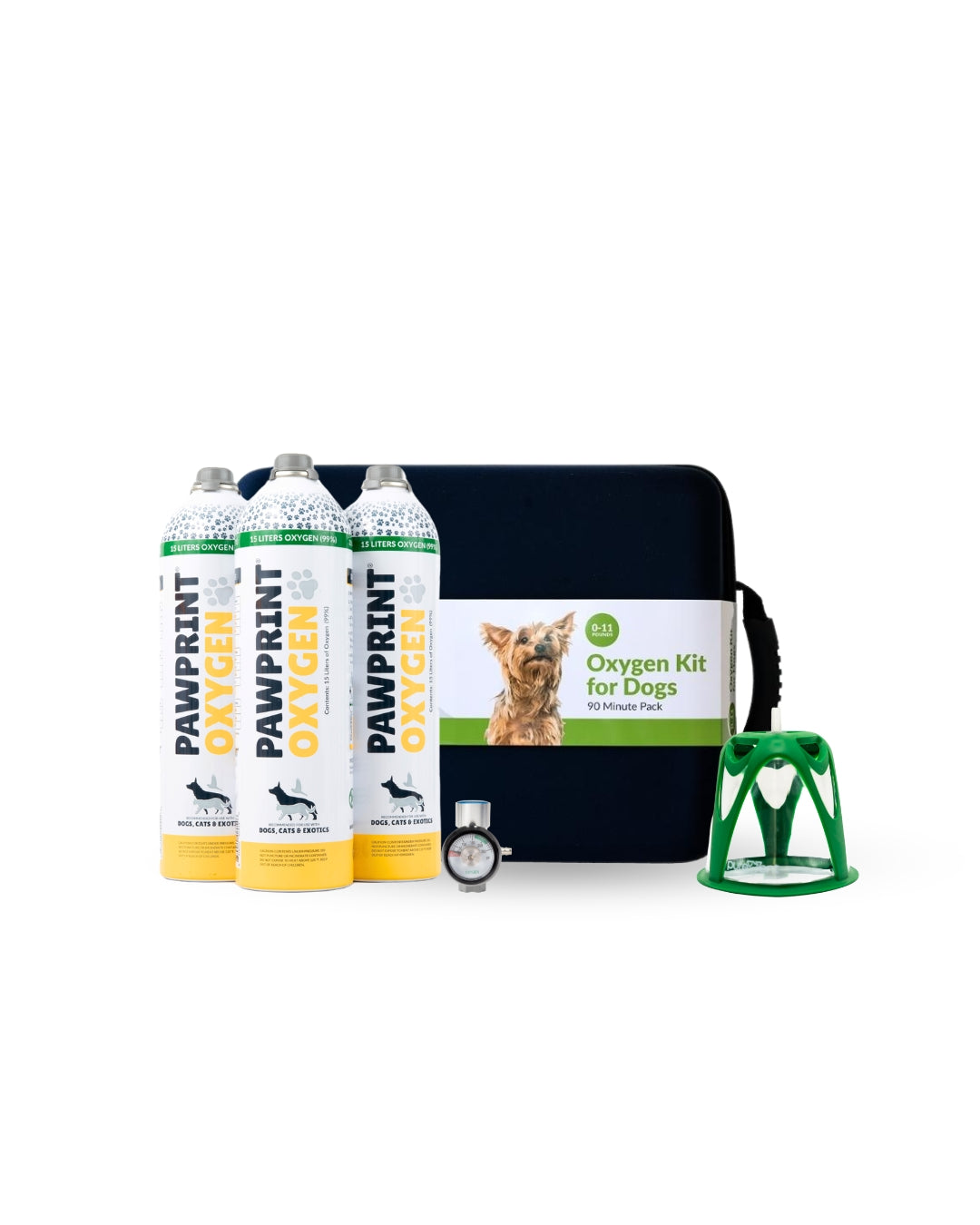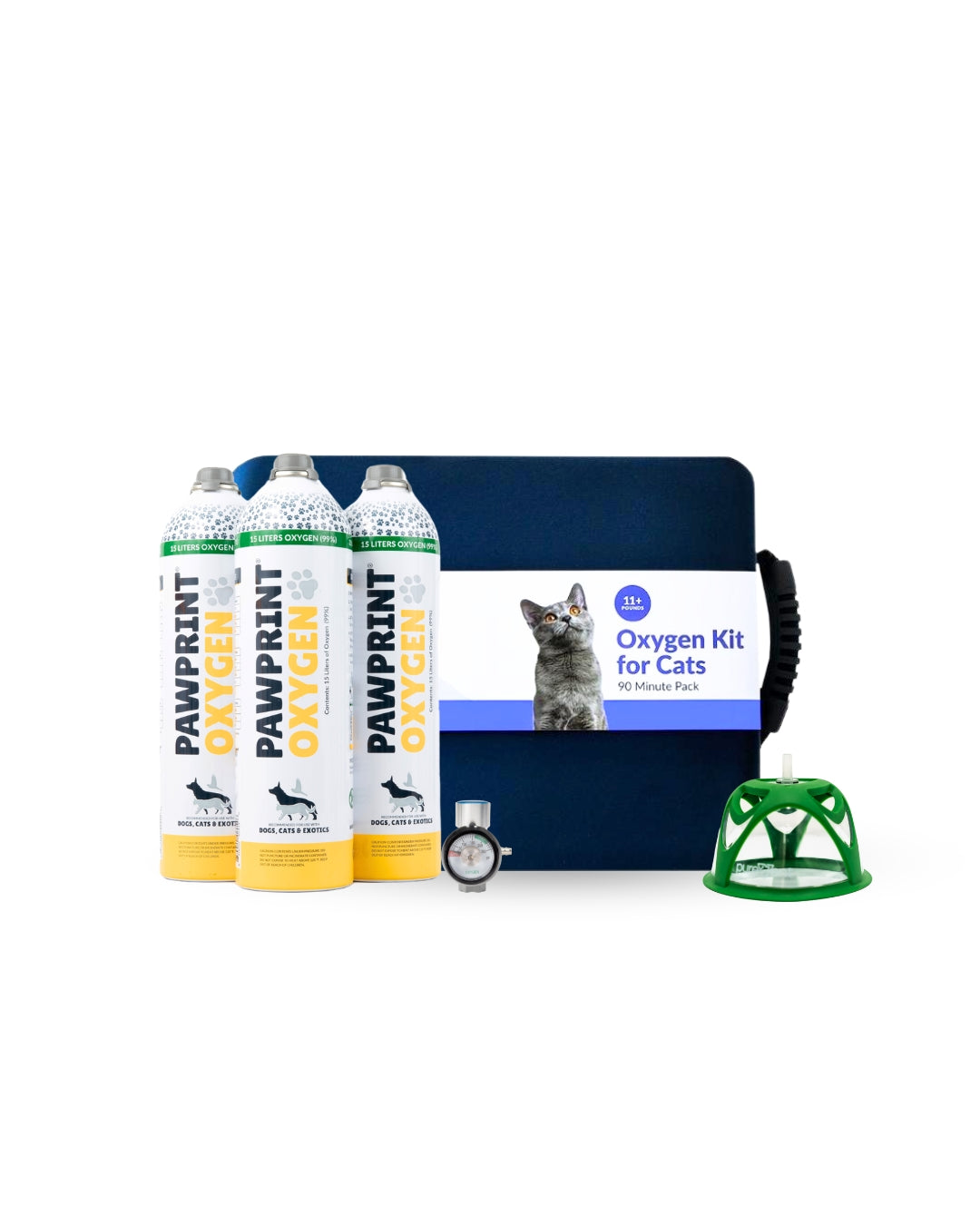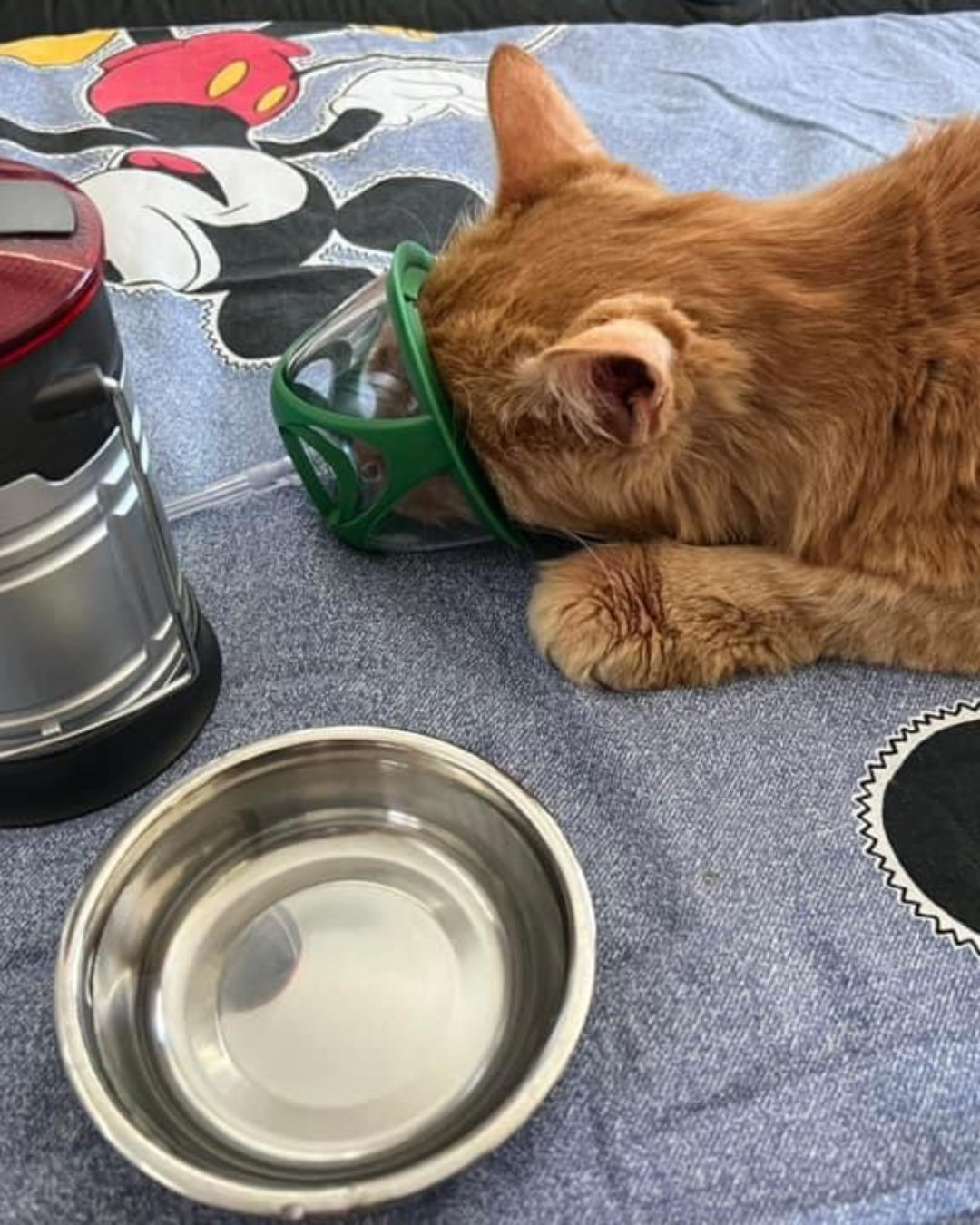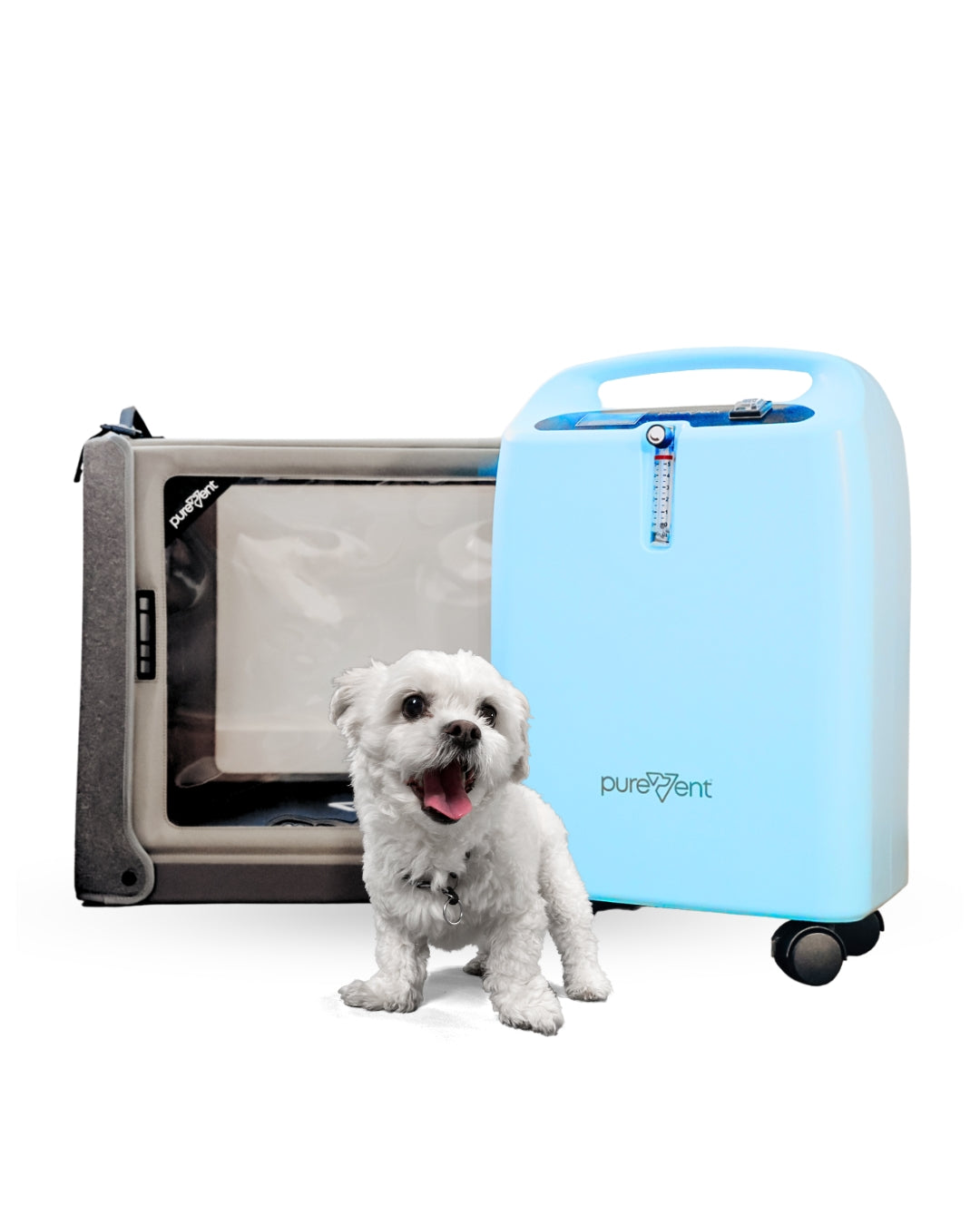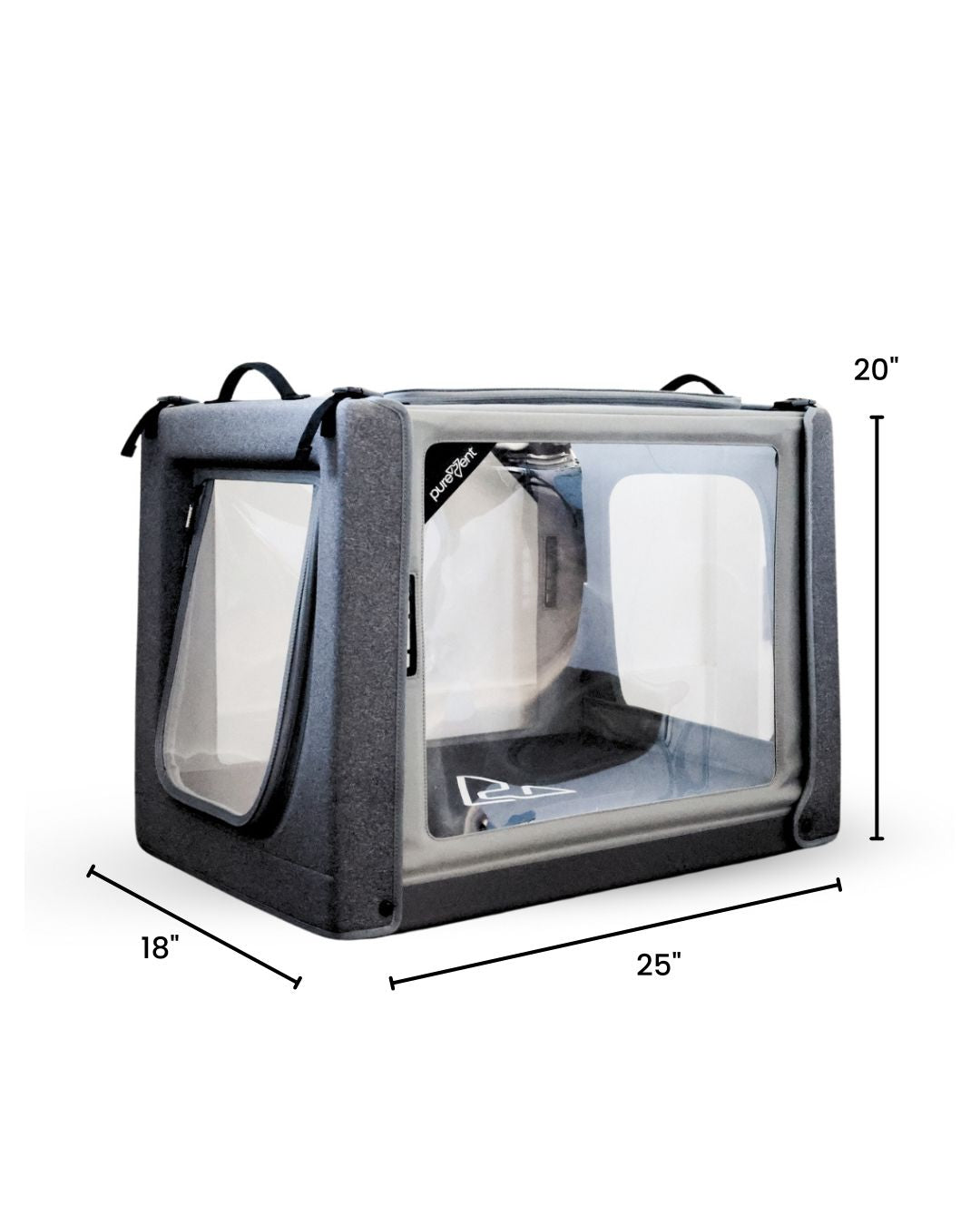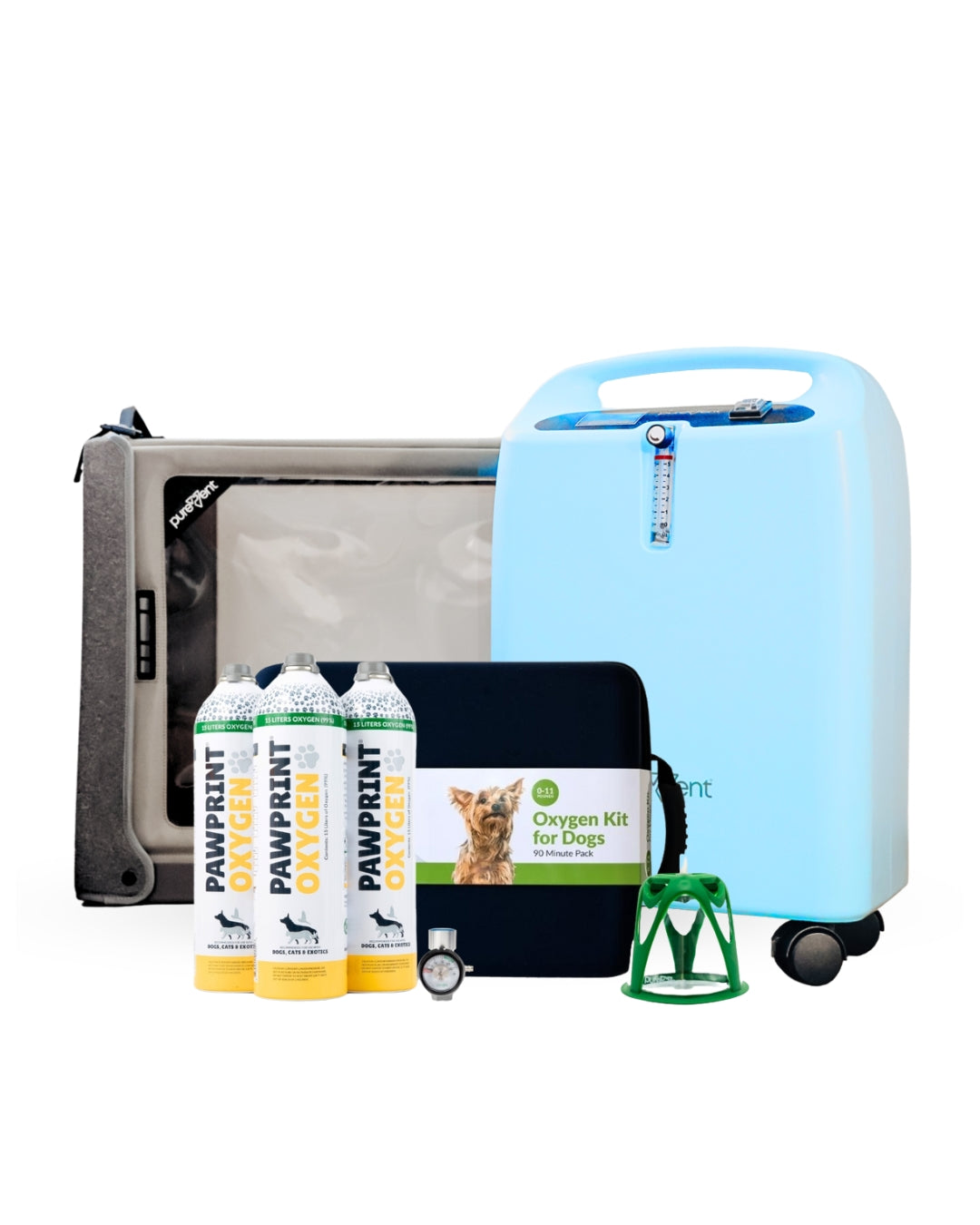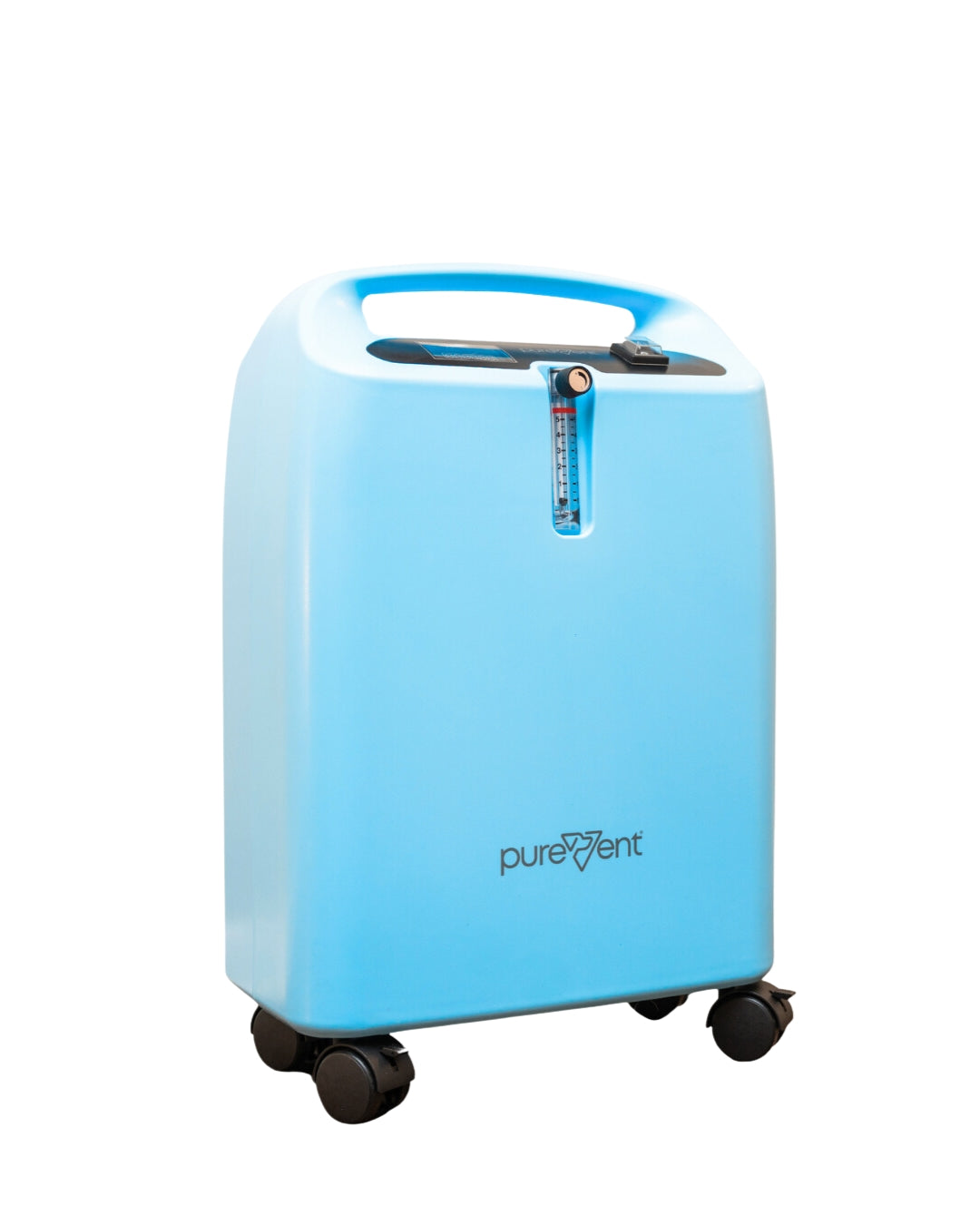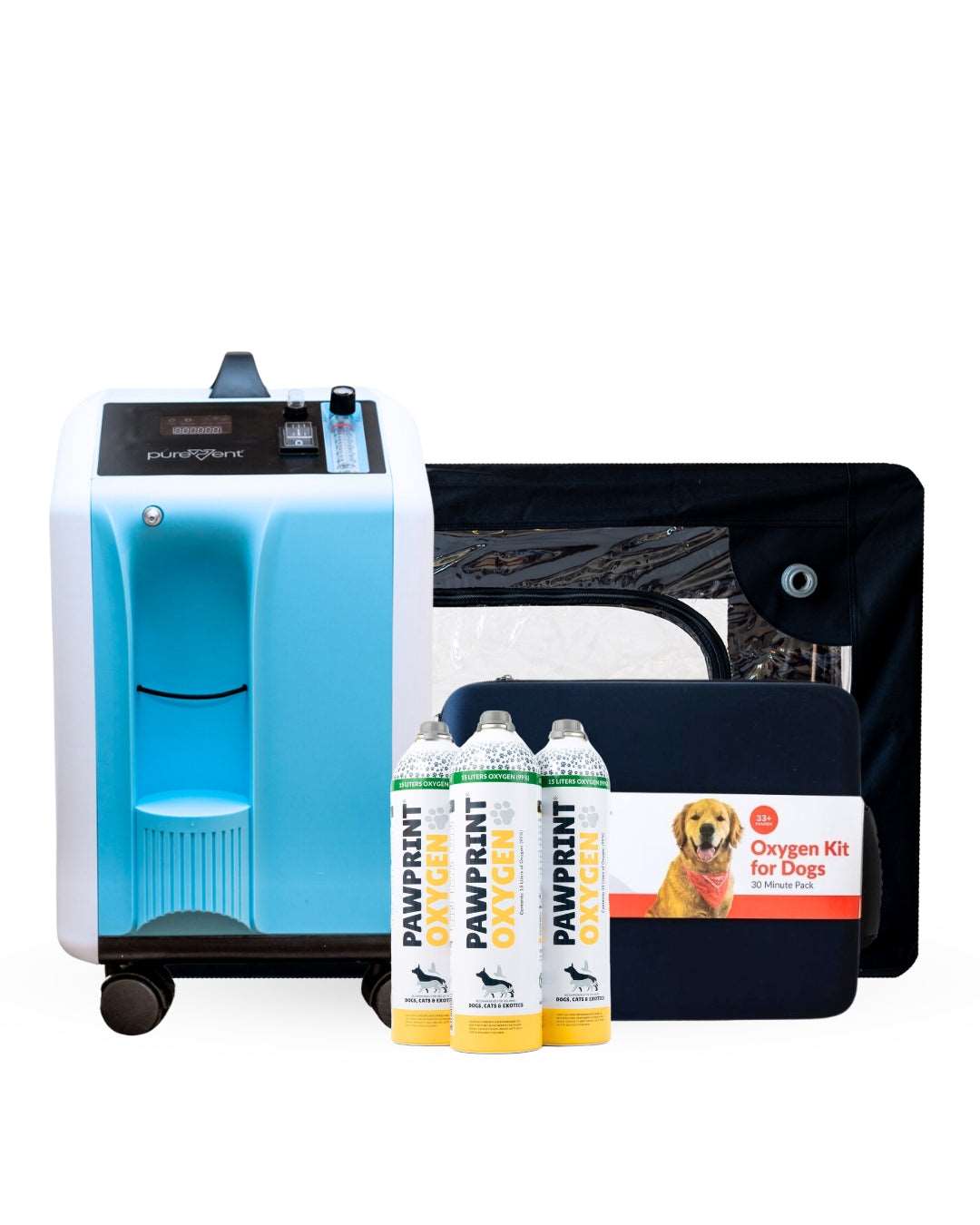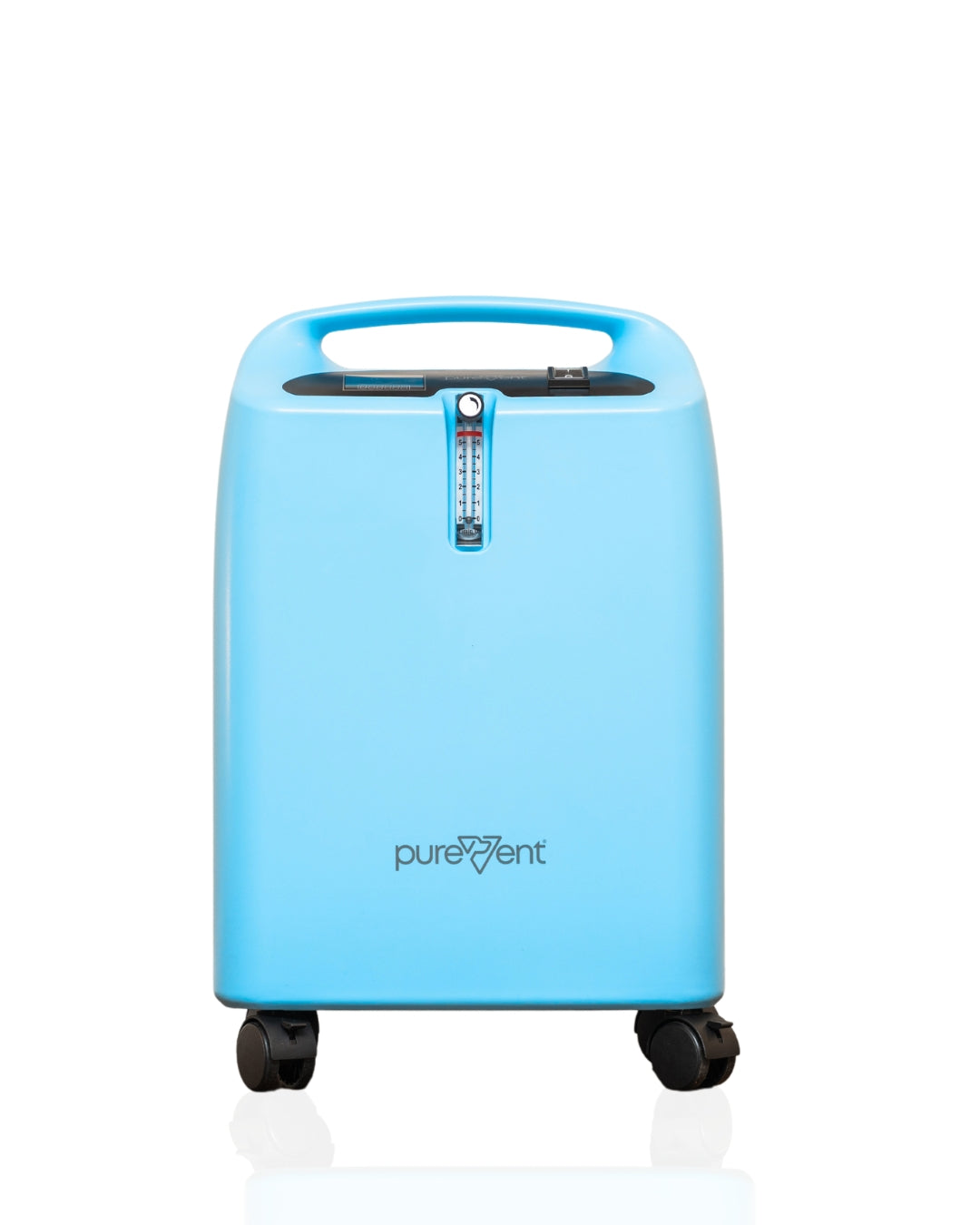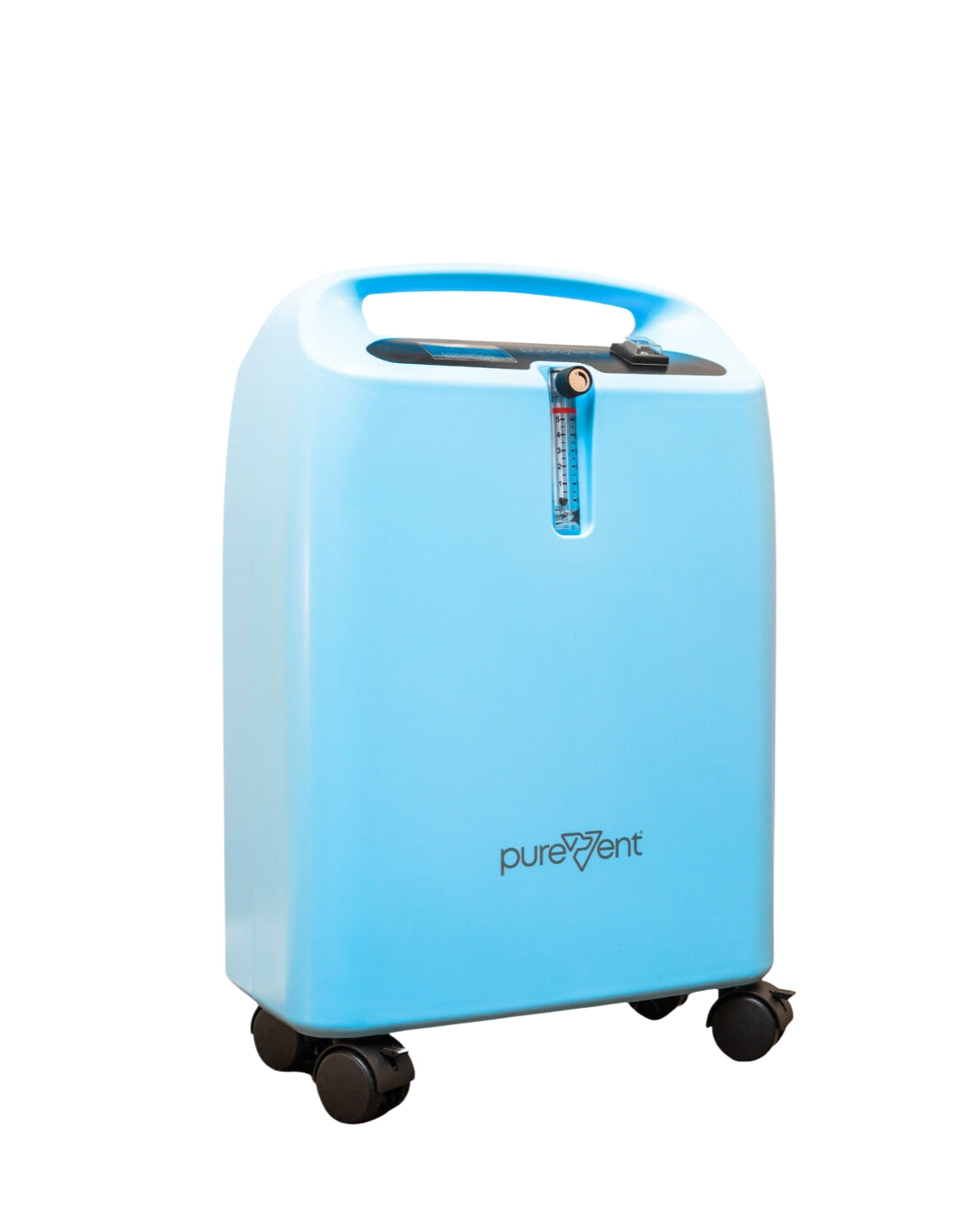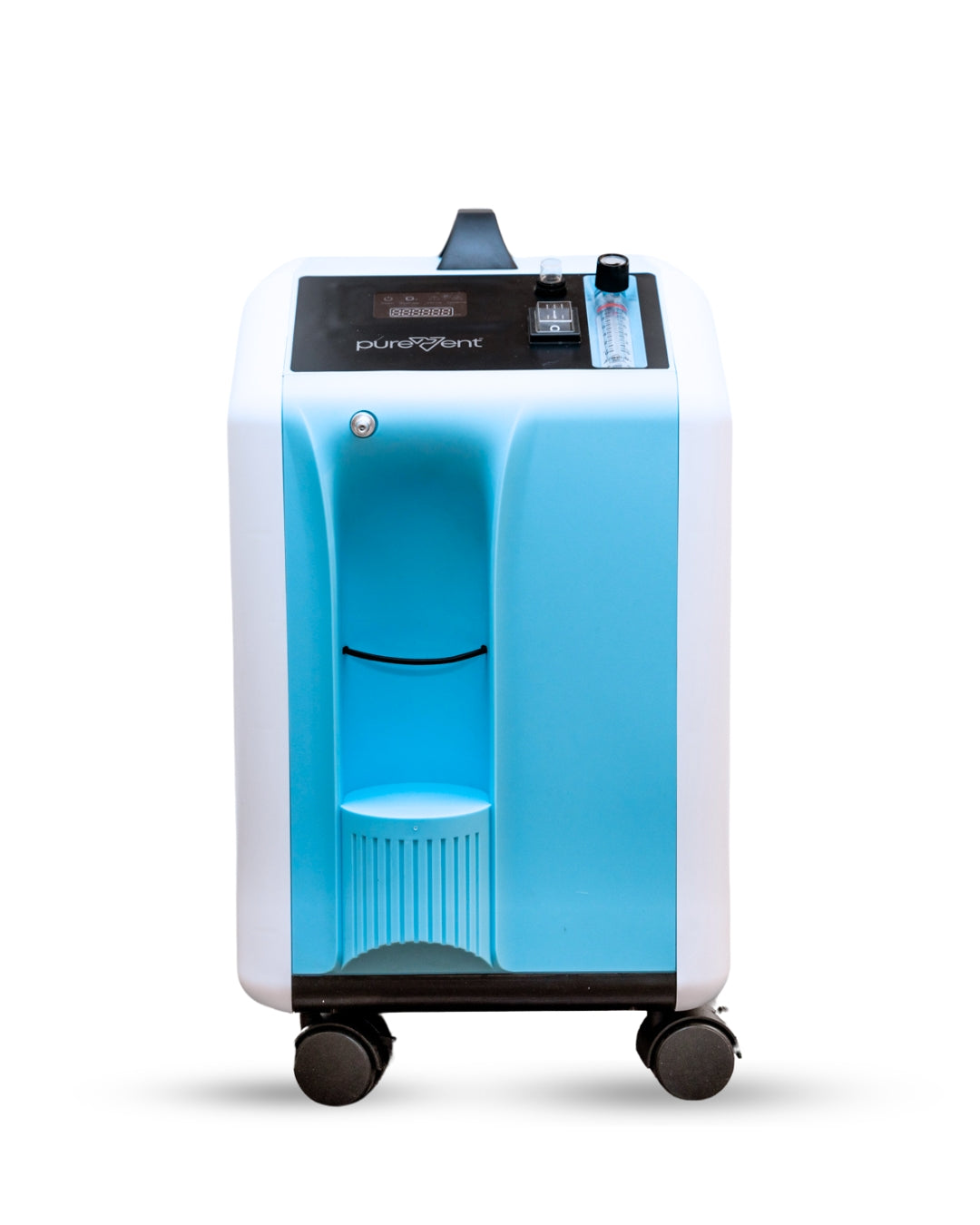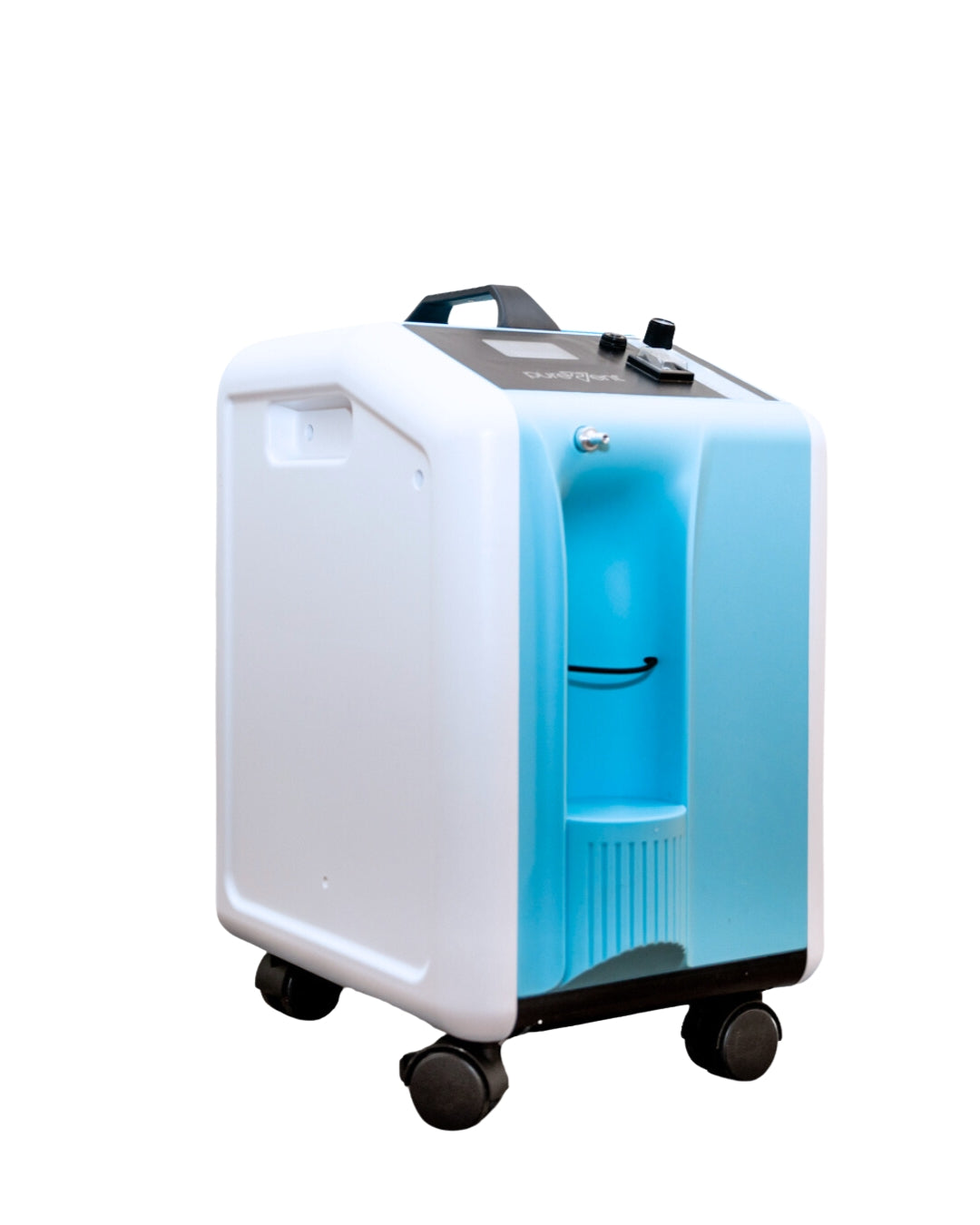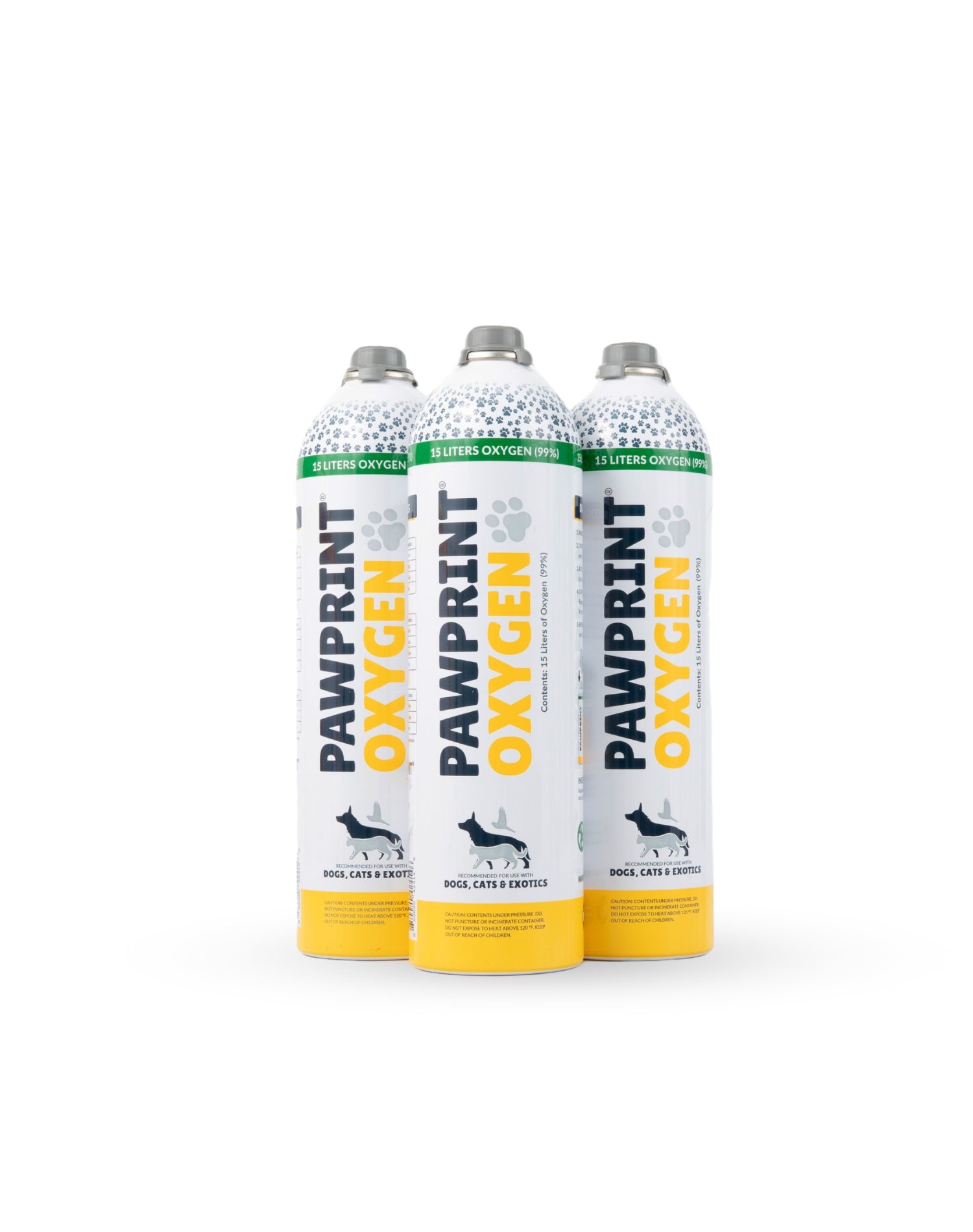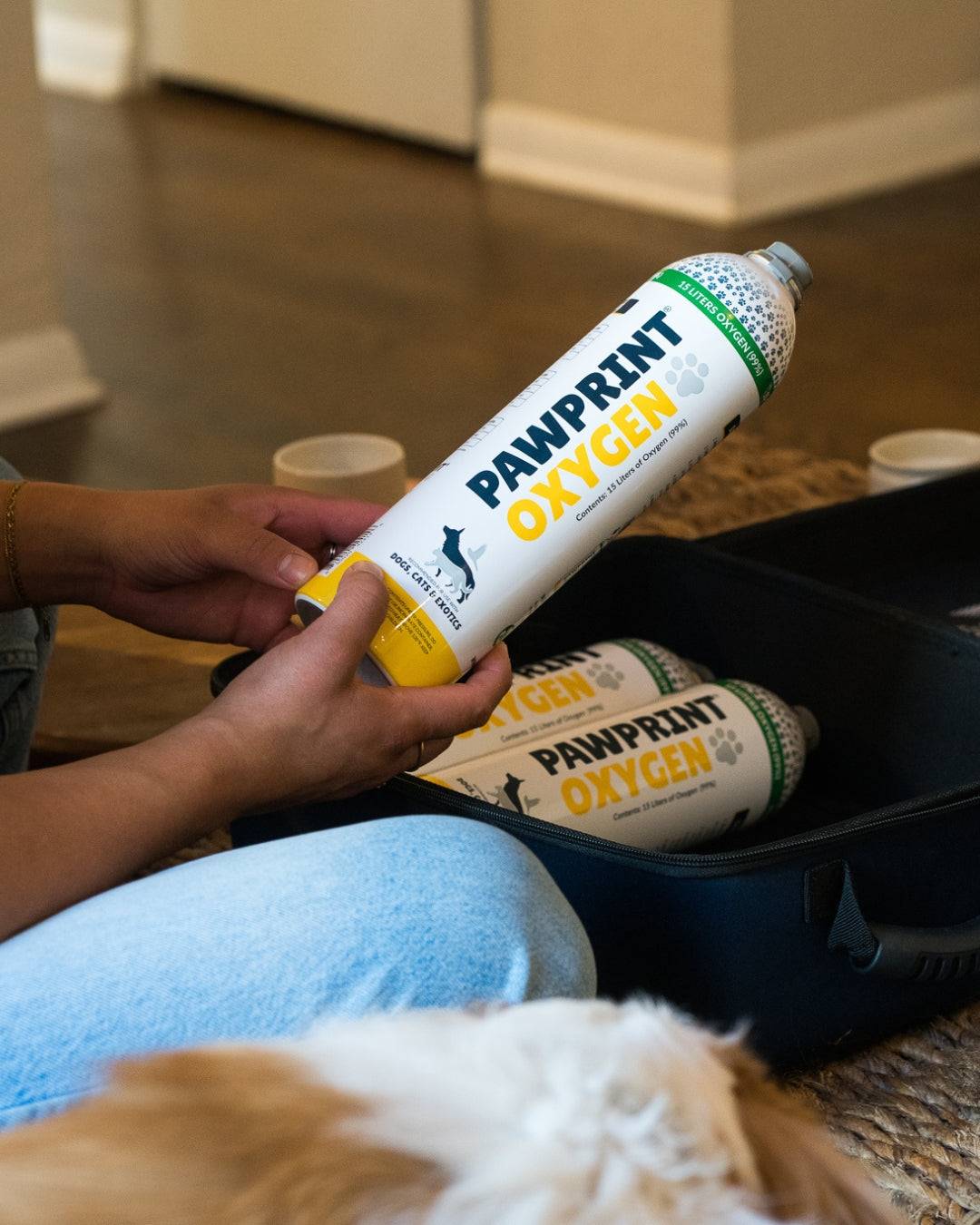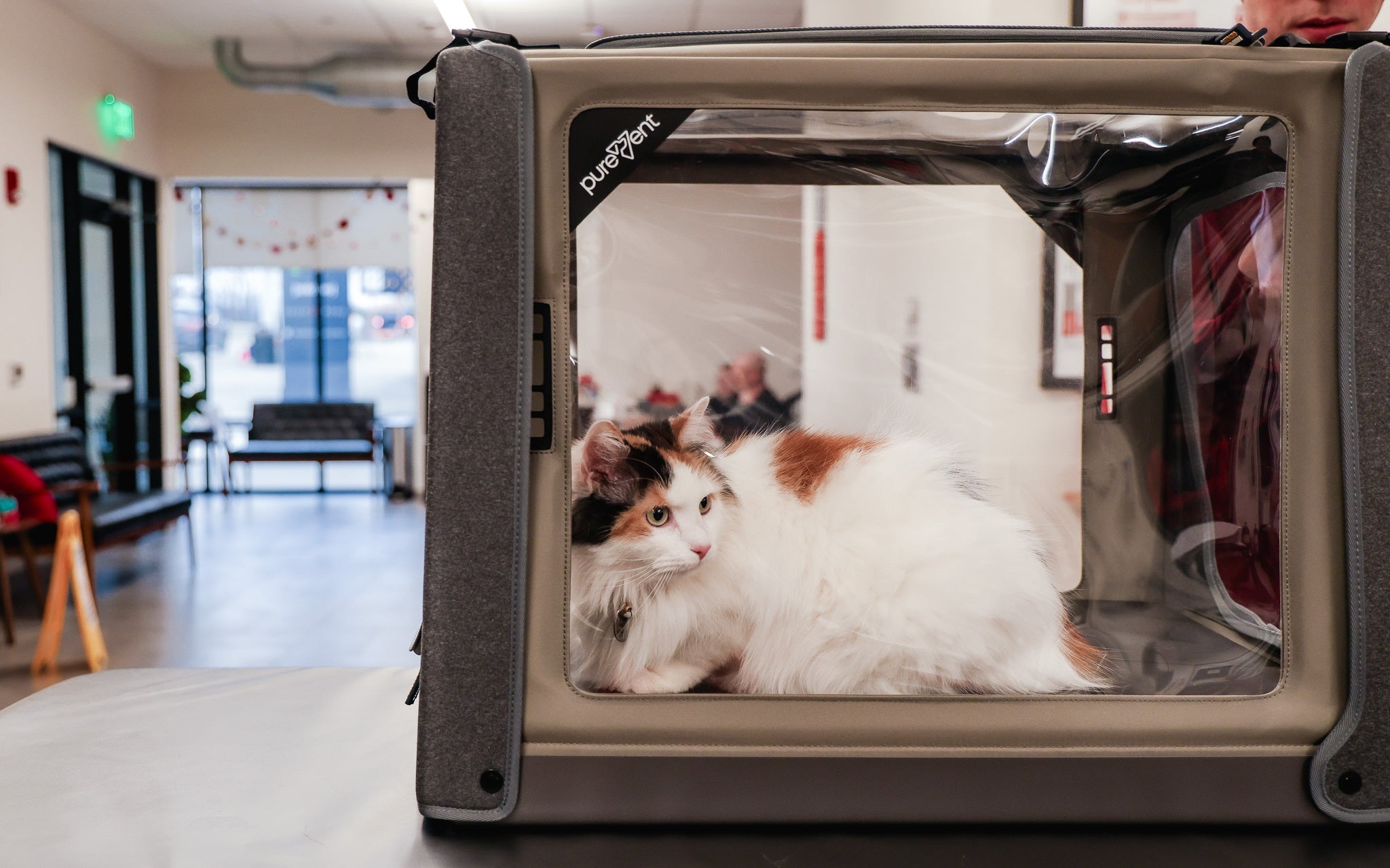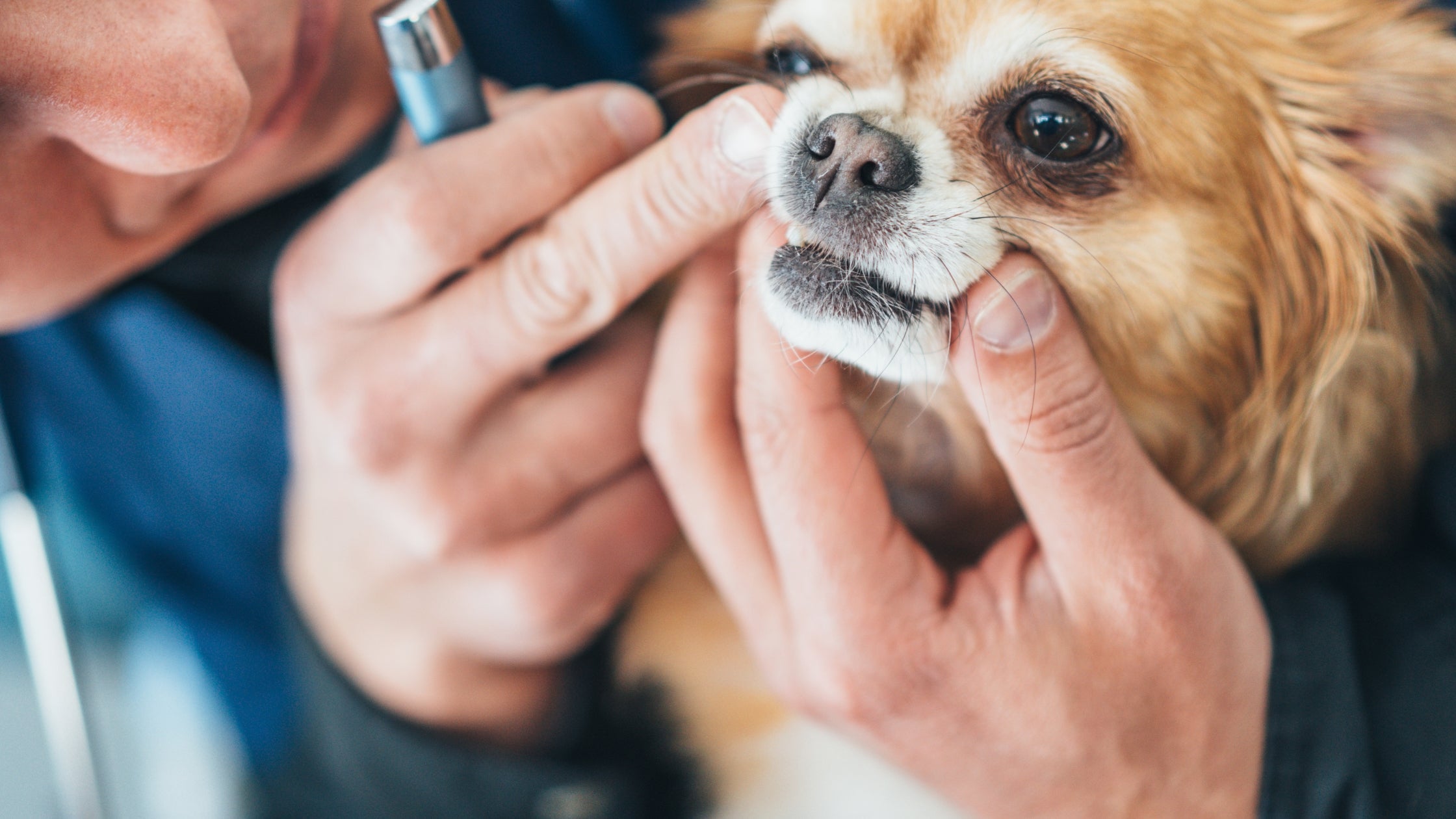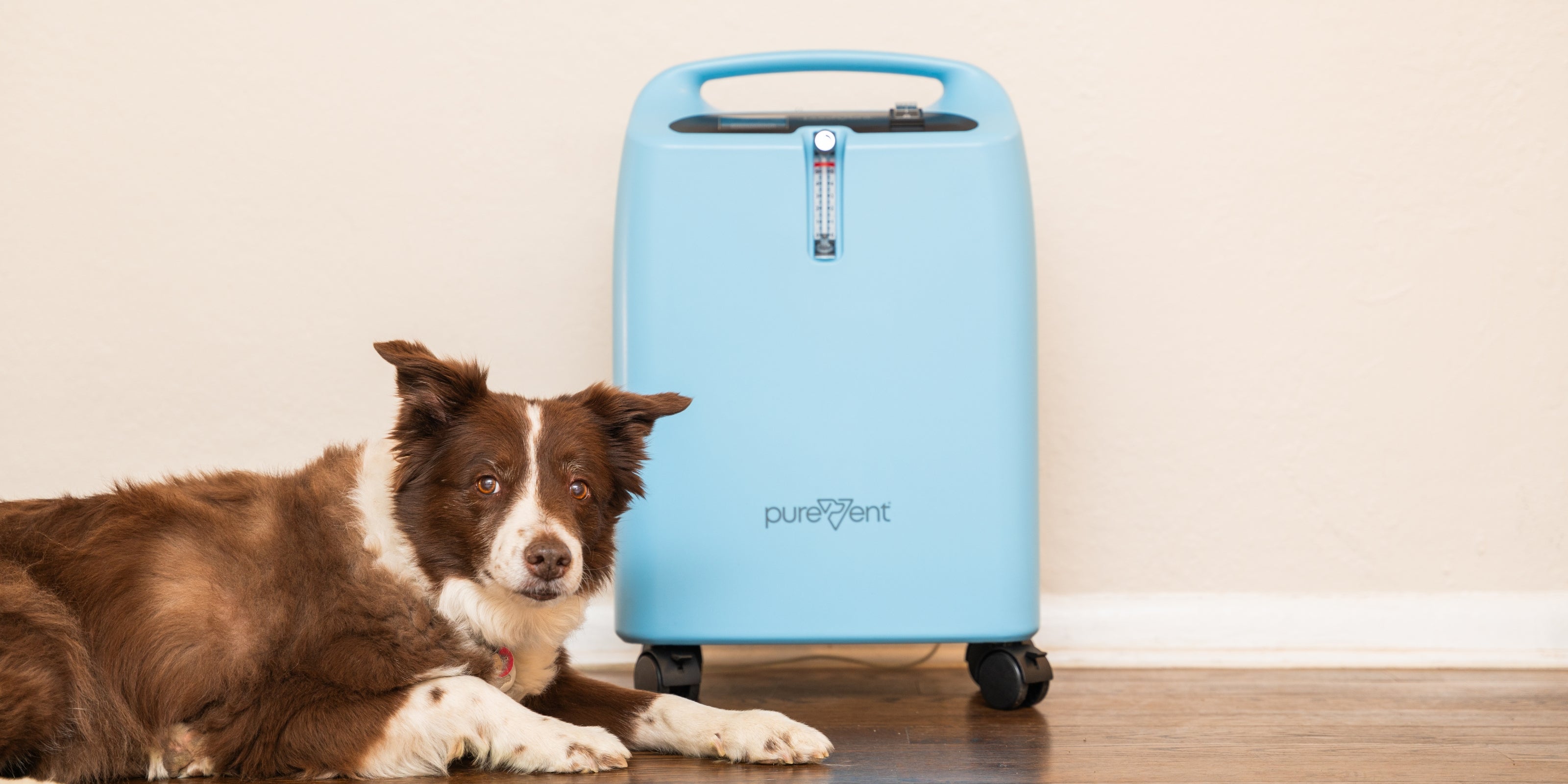Is your Pet Oxygen Cage Safe?
Hey there, it’s Blake from Pawprint Oxygen! Recently, I’ve been getting a lot of questions from pet parents about oxygen cages made by other companies that they found on Amazon.
After looking at the product listings, I became concerned about the lack of safety features and other critical problems that could make these products dangerous to use with your pet. That prompted us to test each of these oxygen cages to see if they are safe, and today I wanted to share those results with you.
For full disclosure, we sell the Buster ICU Oxygen Cage. You can find it on Amazon or directly through us. This oxygen cage is designed to provide a safe environment for oxygen therapy, managing things like oxygen purity, carbon dioxide level, heat, and humidity to make sure you are helping your pet, not harming them.
First, let’s look at some of the oxygen cages that we tested.
There are a lot of different product listings for oxygen cages, but they are mostly variations of the same design: a cheap fabric box with clear vinyl windows. The product listings for these oxygen cages often have computer generated images of dogs and cats as opposed to real pictures of pets using the oxygen cage.
First Test: Oxygen Level in the Oxygen Cage
It’s important that your oxygen cage allows you to set the oxygen level depending on your pets needs. If the oxygen level in the cage is too high, your pet can experience oxygen toxicity, which can result in injury or death. If the oxygen level is too low, your pet might not be getting the therapy they need.
The oxygen cages we tested did not have any method for setting the oxygen level in the cage. Depending on the oxygen source and flow rate that you are using, you could be providing between 21% oxygen (room air) and 99% oxygen, which could result in oxygen toxicity. Many of the images in the product listings show a non-medical oxygen concentrator being used with the oxygen cage, which cannot provide enough oxygen to properly fill the cage to an appropriate oxygen level. For this reason, the pictures in the product listing are misleading.
The Buster ICU Oxygen Cage Uses a Venturi System to Set the Oxygen Level in the Cage
The Buster ICU Oxygen Cage comes with multi-colored fittings that allow you to select the oxygen level that is recommended by your veterinarian. The Venturi System also has the important benefit of adding more airflow to the system, which is critical to displacing the toxic carbon dioxide that your pet is exhaling in the oxygen cage. We’ll talk about that next.
How the Venturi Sets the Oxygen Level
High purity oxygen flows in from the source (i.e. a medical-grade oxygen concentrator). As it flows by the openings in the Venturi, a vacuum is created, which draws in room air to mix with the high purity oxygen from the source. This resulting oxygen mixture will vary in oxygen purity depending on the Venturi piece you select. The example below shows the Red (40%) Venturi.
Second Test: Carbon Dioxide Level in the Cage
One of the most important elements of your oxygen cage setup is the displacement of carbon dioxide. Your pet is exhaling carbon dioxide with each breath, and without proper airflow and ventilation, carbon dioxide can build up and become unsafe for your pet.
The oxygen cages we tested did not have any safety measures for mitigating or displacing carbon dioxide, which can make them very dangerous for your pet. The oxygen port on these cages only accepts standard oxygen tubing, rather than the Venturi System. That means that the overall air exchange is very slow.
In our tests, carbon dioxide levels in these cages reached unsafe levels within 5 minutes of use. Don’t worry, we didn’t put pets at risk! We used a canine lung model that has been validated against real pets, and it can be used to simulate the air exchange in a pet’s lungs and in an oxygen cage. The bottom line is that these cages were not safe to use because of the dangerous buildup of carbon dioxide.
How does the Buster ICU Cage solve this problem?
The Buster ICU Oxygen Cage utilizes the Venturi System to flush carbon dioxide out of the cage. The Venturi pulls in room air and mixes it with the oxygen from your Oxygen Concentrator, dramatically increasing the overall air exchange inside the cage.
Other Considerations on Oxygen Cages: Build Quality, Instructions, Customer Support
Build Quality: The build quality of these cages was poor. Most were easily knocked over by a 15-pound dog from the inside. The zippers were adequate on some, but unreliable on others. The wireframe that holds up the cage bent easily when pressure was applied.
Smell: The vinyl smelled strongly of chemicals, which could irritate a pet, especially one experiencing respiratory distress.
Instructions for use: No instructions were given on how long to use the cage, how to provide proper ventilation, how to manage heat and humidity, which oxygen sources are compatible with the cage, and when to take your pet out of the cage.
Customer support: Non-existent. After multiple calls and no answers, we determined that there was no customer support system other than requesting a return on Amazon.
Studies and Validation: These cages have unique dimensions that effect the oxygen and carbon dioxide levels inside of them. There was no data or research showing that any testing has been done to validate safe use with pets.
Choosing the Oxygen Source for Your Oxygen Cage
This last point is very important. In a previous blog post, we discussed the differences between medical-grade oxygen concentrators and non-medical units that you might find on Amazon. In short, non-medical units cannot provide enough oxygen to supply an oxygen cage. Some non-medical units are incorrectly marketed to achieve the appropriate flow rates, but in the fine print, it’s clear that the oxygen purity decreases drastically at those flow rates, making it no better than room air.
The oxygen cages we tested have product listings which often feature non-medical oxygen concentrators being used with their cages. We cannot stress enough how dangerous this for a pet.
Our tests show that you need at least 5 liters per minute of >93% oxygen used with the Venturi System to achieve acceptable levels of oxygen and carbon dioxide in an oxygen cage that is equivalent in size to our Medium Buster ICU Oxygen Cage.
You need at least 10 liters per minute of >93% oxygen used with the Venturi System to achieve acceptable levels of oxygen and carbon dioxide in a cage that is equivalent in size to our Large Buster ICU Oxygen Cage.
When in doubt, ask your veterinarian about oxygen cages.
Your veterinarian is the best person to advise you on these topics. If they aren’t familiar with home oxygen therapy, it may help to ask them some of the questions posed in this article, such as:
What oxygen level (percent) does my pet need?
How long should each oxygen therapy session last?
Should I be concerned about carbon dioxide build up?
In general, we are concerned with the efficacy of the products we tested and with the marketing and images that are used to promote these products. We support new and innovative oxygen cages that have pets’ safety in mind, but that doesn’t seem to be the case here.
We’re Here to Help Your Pet
We have built our company with pet health at the forefront of our mission. Our products are used by thousands of veterinarians and pet owners across the country and we have veterinarians on our team who advise on the safety and efficacy of our products.
If you have questions about oxygen therapy for your pet, please give us a call at 855-699-4366 Monday through Friday 9-5 EST and one of our trained team members can help make sure you are getting safe and effective therapy for your pet. We work with your veterinarian to ensure that the best possible medical treatment is being given to your furry friend.





